The Best Companion Plants For Cilantro
The Best Companion Plants for Cilantro
Cilantro is a delicious and versatile herb that can be used in a variety of dishes. It is also a relatively easy herb to grow, but there are a few things to keep in mind when companion planting cilantro.
In this blog post, we will discuss the best companion plants for cilantro, as well as some plants that should be avoided. We will also provide some tips on how to plant and care for cilantro so that you can enjoy its fresh flavor all season long.
Introduction
Cilantro is a member of the Apiaceae family, which also includes carrots, celery, and fennel. It is a cool-season herb that prefers full sun and well-drained soil. Cilantro can be grown from seed or from transplants.
When companion planting cilantro, it is important to consider the plant's needs and the needs of its neighbors. Cilantro does well when planted near plants that have similar water and nutrient requirements. It also benefits from being planted near plants that attract beneficial insects.
Best Companion Plants for Cilantro
Here are some of the best companion plants for cilantro:
- Tomatoes: Tomatoes and cilantro are a classic companion plant combination. Tomatoes provide shade for cilantro, which can help to prevent it from bolting (flowering and becoming bitter). Cilantro, in turn, helps to attract beneficial insects that help to control tomato pests.
- Peas: Peas are another good companion plant for cilantro. Peas fix nitrogen in the soil, which benefits cilantro. Cilantro, in turn, helps to deter pests from peas.
- Carrots: Carrots and cilantro are both root vegetables that benefit from being planted together. Carrots help to improve the drainage of the soil, which is beneficial for cilantro. Cilantro, in turn, helps to deter carrot flies.
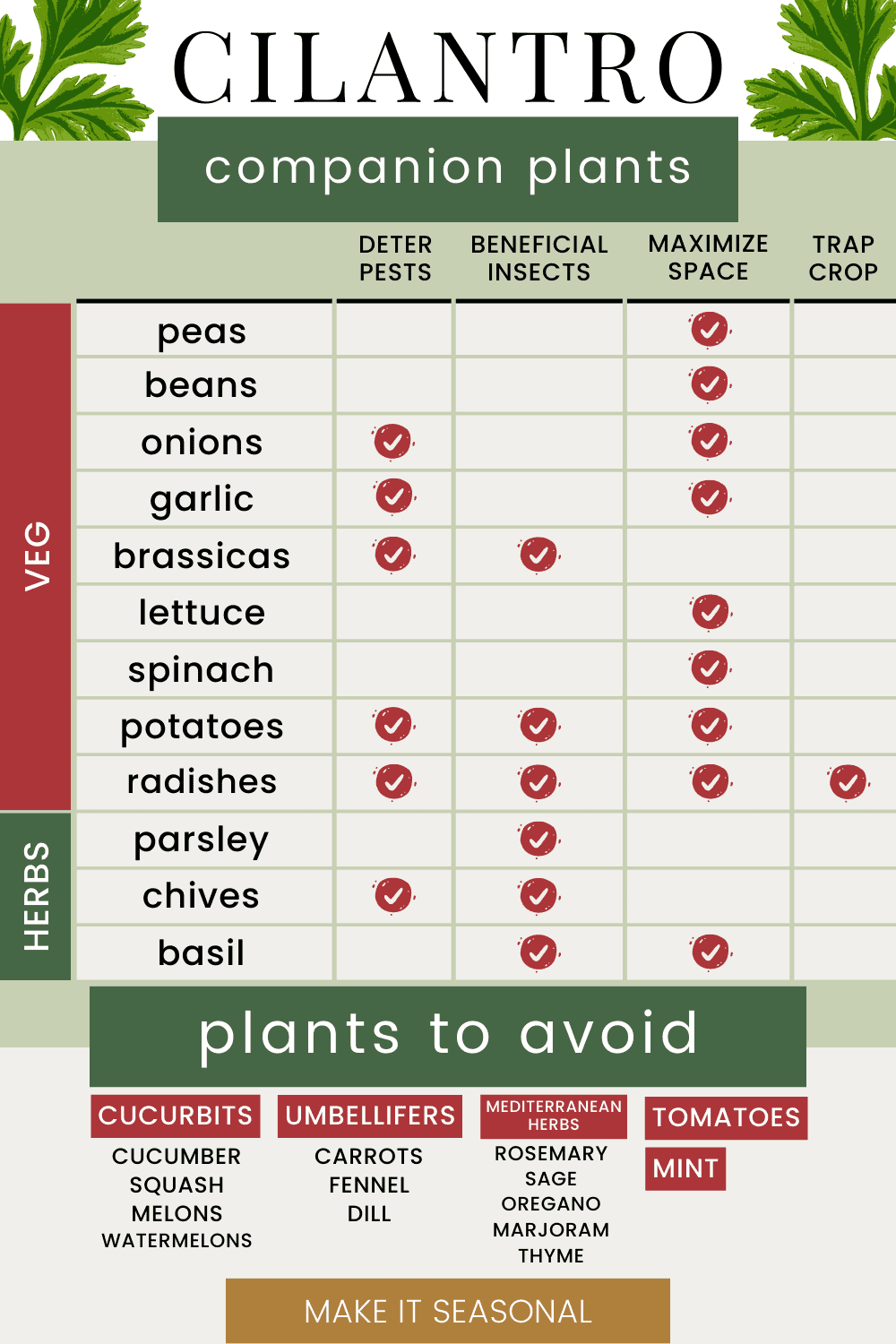
- Lettuce: Lettuce and cilantro are both cool-season herbs that can be planted together. Lettuce helps to shade cilantro, which can help to prevent it from bolting. Cilantro, in turn, helps to deter pests from lettuce.
- Basil: Basil and cilantro are both herbs that have a strong flavor. They can be planted together, but it is important to space them out so that their flavors do not clash.
Plants to Avoid Planting Near Cilantro
There are a few plants that should be avoided planting near cilantro. These include:
- Fennel: Fennel is a member of the same family as cilantro, and the two plants can cross-pollinate. This can result in cilantro that has a bitter flavor.

- Dill: Dill and cilantro have similar growing requirements, and they can compete for resources. It is best to avoid planting these two herbs together.
- Celery: Celery and cilantro can attract the same pests, so it is best to avoid planting them together.

Tips for Planting and Caring for Cilantro
Here are some tips for planting and caring for cilantro:
- Plant cilantro in full sun.
- Water cilantro regularly, especially during hot weather.
- Fertilize cilantro every few weeks with a balanced fertilizer.
- Harvest cilantro when the leaves are young and tender.
Conclusion
Cilantro is a delicious and versatile herb that is easy to grow. By planting it with the right companion plants, you can help to ensure that it thrives. By following these tips, you can enjoy fresh cilantro all season long.
Cilantro is a delicious and versatile herb that can be used in many dishes. It is also a great companion plant for other vegetables and fruits. Some of the best companion plants for cilantro include tomatoes, eggplants, peppers, potatoes, and asparagus. These plants help to deter pests, attract beneficial insects, and improve the overall health of the garden.
For more information about coriander companion plants, visit Garden Wiki. This website provides a comprehensive list of companion plants for cilantro, as well as tips on how to plant and care for them.
FAQ of coriander companion plants
- What are the best companion plants for coriander?
Some of the best companion plants for coriander include:
Legumes: Legumes, such as beans, peas, and lentils, are nitrogen-fixing plants, which means they add nitrogen to the soil. This is beneficial for coriander, as it is a heavy feeder.
Leafy vegetables: Leafy vegetables, such as spinach, lettuce, and kale, attract beneficial insects that help to control pests. This is beneficial for coriander, as it is susceptible to pests such as aphids and spider mites.
Tall flowers: Tall flowers, such as sunflowers, marigolds, and cosmos, provide shade for coriander in hot weather. This helps to prevent the plant from bolting, which is when it produces flowers and seeds prematurely.
What are some plants that should not be planted near coriander?
Some plants that should not be planted near coriander include:
Other herbs: Some herbs, such as mint and parsley, can compete with coriander for water and nutrients.
Root vegetables: Root vegetables, such as carrots and potatoes, can be susceptible to the same pests as coriander. Planting them together can make it more difficult to control pests.
Tomatoes: Tomatoes produce a substance called solanine, which can be toxic to coriander. It is best to avoid planting these plants together.
How do I plant coriander with companion plants?
When planting coriander with companion plants, it is important to consider the size and growth habit of each plant. For example, tall flowers should be planted behind shorter plants, such as coriander. It is also important to space the plants appropriately so that they have enough room to grow.
- How do I care for coriander companion plants?
The care requirements for coriander companion plants vary depending on the type of plant. However, most companion plants benefit from regular watering, fertilizing, and weeding. It is also important to deadhead flowers on tall plants to encourage more blooms.
Image of coriander companion plants
- Dill: Dill is a great companion for coriander because they both attract beneficial insects, such as ladybugs and hoverflies. Dill also helps to deter pests, such as aphids and carrot flies.
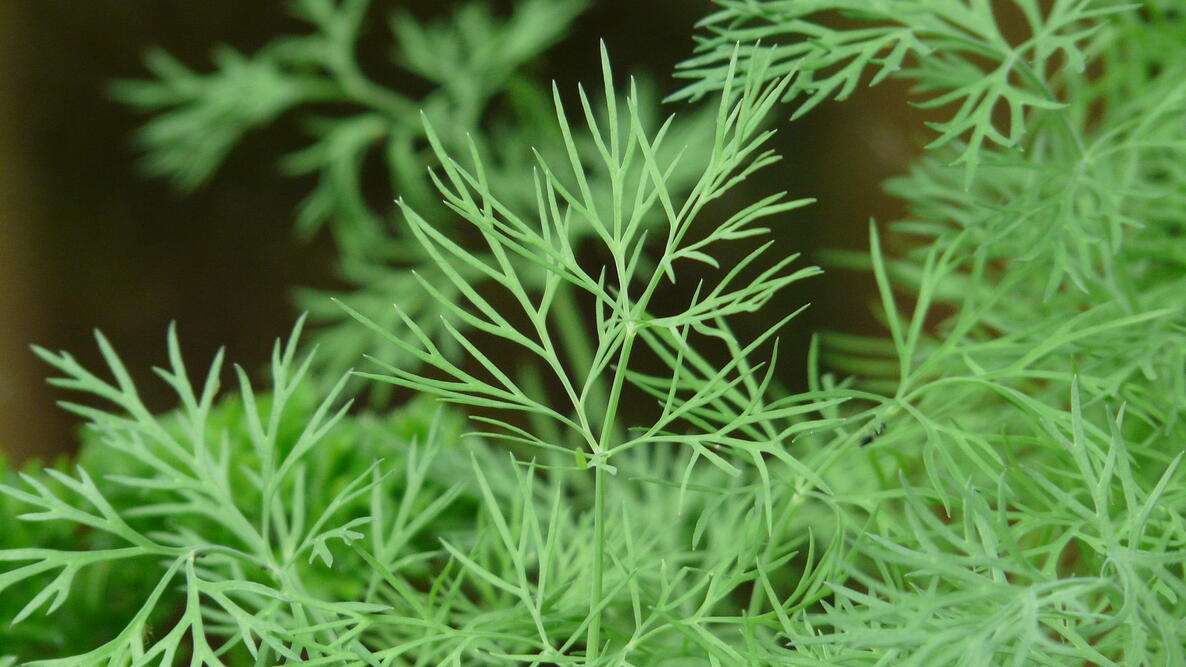
- Anise: Anise is another good companion for coriander, as they have similar growing requirements. Anise also helps to repel pests, such as carrot flies and cabbage moths.

- Parsley: Parsley is a popular companion plant for many herbs, including coriander. Parsley helps to improve the flavor of coriander, and it also helps to deter pests.
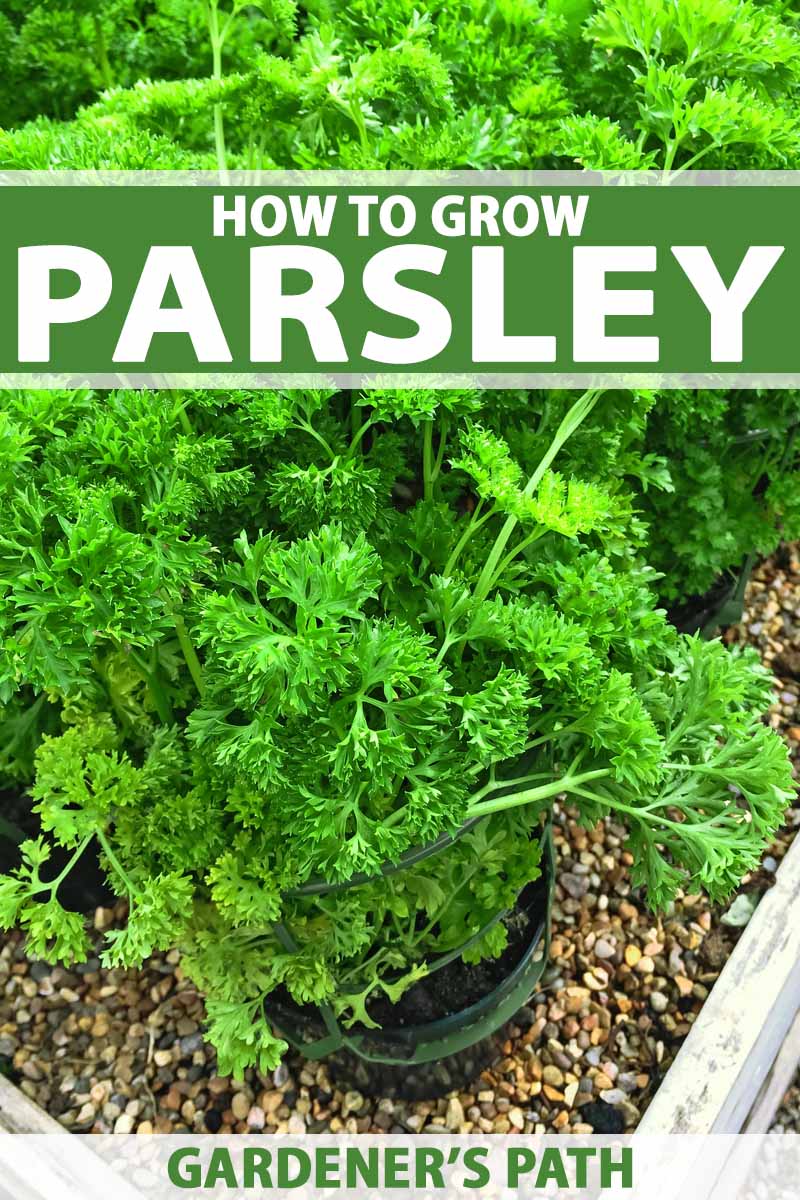
- Cucumbers: Cucumbers and coriander are often planted together because they help to improve each other's growth. Cucumbers help to shade the roots of coriander, which helps to keep them cool. Coriander, in turn, helps to deter pests that attack cucumbers.

- Potatoes: Potatoes and coriander are also good companions. Coriander helps to repel pests that attack potatoes, such as aphids and potato beetles.

- Tomatoes: Tomatoes and coriander can be planted together because they have similar growing requirements. Coriander helps to deter pests that attack tomatoes, such as whiteflies and spider mites.

- Lettuce: Lettuce and coriander are often planted together because they help to improve each other's growth. Lettuce helps to shade the roots of coriander, which helps to keep them cool. Coriander, in turn, helps to deter pests that attack lettuce, such as aphids and slugs.
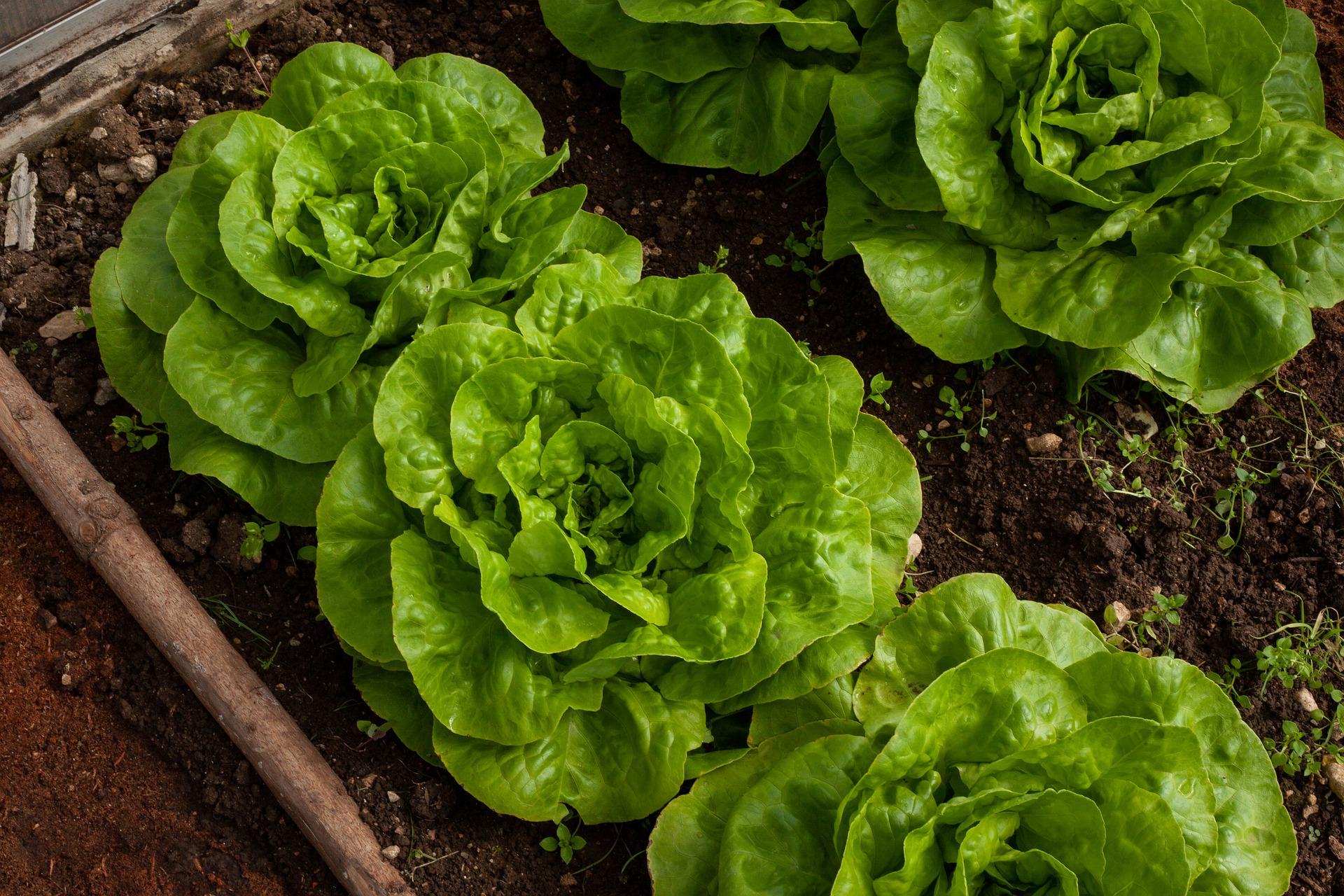
- Basil: Basil is a popular companion plant for many herbs, including coriander. Basil helps to improve the flavor of coriander, and it also helps to deter pests.
- Marigolds: Marigolds are often planted as companion plants because they help to deter pests. Marigolds help to repel nematodes, which are pests that can damage the roots of coriander.

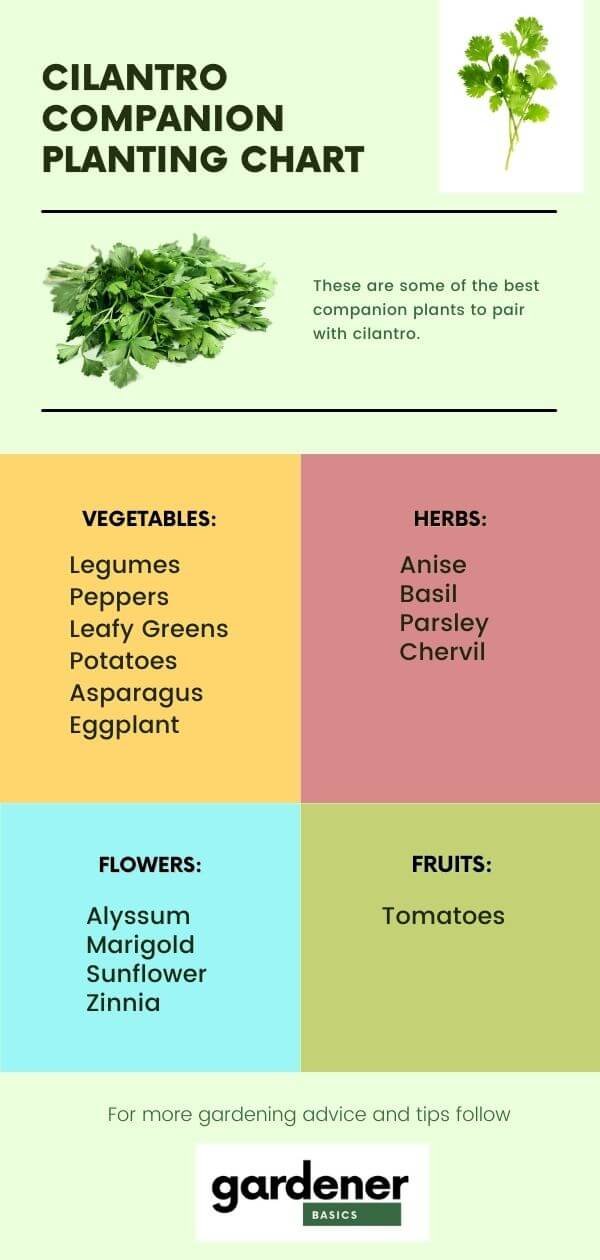
Post a Comment for "The Best Companion Plants For Cilantro"